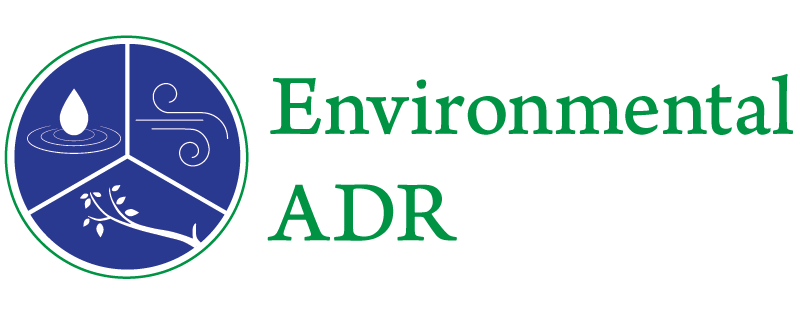 Establishing nature preserves and other types of protected areas is one of the most common conservation strategies — and its benefit to the environment is clear. What’s less obvious, though, is how these protected areas affect the human communities nearby.
Establishing nature preserves and other types of protected areas is one of the most common conservation strategies — and its benefit to the environment is clear. What’s less obvious, though, is how these protected areas affect the human communities nearby.
It’s an important question to consider, not only from a social standpoint, but from a conservation perspective as well: If a local community reacts negatively to the establishment of a preserve — which changes the ways in which they’re permitted to interact with the environment — it may be less likely that the protections will last or be successful in the long run.
Until now, it’s an issue that’s been poorly investigated. But a new study, published Friday in the journal Science Advances, may open the door to a new vein of research aimed at fostering greater understanding of the potential of protected areas for both environmental and human well-being. The study finds that protected areas may actually change the social structure of their associated human communities, inciting both higher degrees of cooperation and competition among community members — but with a net outcome that, in the right circumstances, can give a boost to overall social cohesion.
“This creative study provides some of the first experimental evidence showing that both negative and positive interactions can intensify after a cooperatively based human network is formed,” said Brian Silliman, a professor of marine conservation biology at Duke University (who was not involved with the new study) by email.
The new study, led by researcher Xavier Basurto, focuses on the social effects of marine protected areas off the coast of Baja California, Mexico.
“A lot of work has been done on the biological effects of marine protected areas, and much less work has been done trying to understand the effects that they have in fishing communities, or in the communities on the coastline that are influenced by marine protected areas,” said Basurto, an assistant professor of sustainability science at Duke University. Read More
Read the entire article at The Washington Post.
This was originally published in The Washington Post written by Chelsea Harvey.


